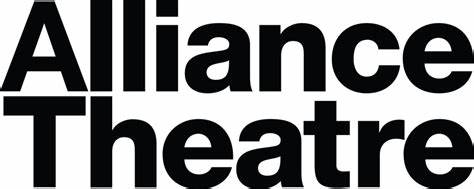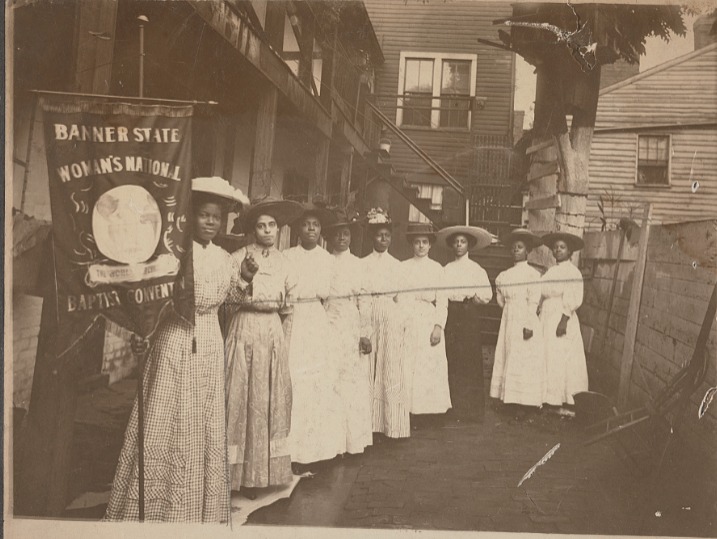
programhighlight: The Role of Black Women & First Ladies in the Church
The role of a First Lady, also known as a pastor’s wife, has been an ever-evolving position in Black Churches around the country. When established Black Churches were on the rise, the First Lady would typically be seen in the first pew, wearing a big, bold church hat. These hats are culturally and spiritually very significant in history and are often revered as a Black woman’s crown. They became popular after slavery to signify “triumph over tragedy,” and Black women wore these hats to church to put their best foot forward in their worship. The wearing of these hats is deeply rooted in African tradition, and they were seen as a way to honor God. We see many women wear these hats during the Civil Rights movement in the 60s, carrying the same message of triumph over tragedy.
While many First Ladies don’t wear these hats anymore, their role in the Church is more significant than ever. Not only are they a driving force in spirituality for their communities, they are, oftentimes, co-pastors alongside their husbands. The term “co-pastor” is relatively new, showing up in the last decade or so, but First Ladies have always had major leadership positions in the Church. Many Black women and First Ladies did an abundance of advocacy work during Women’s Suffrage and the Civil Rights Movement. Mahalia Jackson and Nannie Helen Burroughs were huge pioneers for these movements.
Burroughs often organized forms of protest and social work, saying that women have come to the rescue, but they needed freedom to carry forth the mission of the Church, which was one of her overarching messages during Burrough’s advocacy. Mahalia Jackson was a gospel singer in the Church and was often called upon to sing during times of desperation. Martin Luther King heavily relied on Mahalia’s voice during the Civil Rights movement. Not only was her voice a huge contribution to the movement, but she was one of the biggest donors, financially, due to her full music career. She would also hold fundraising concerts to contribute to the funds of the movement.
Burroughs and Jackson were called to use their gifts and saw the Church as a sounding board to create social change, justice, and liberation for the Black community in America. These women liberated many others, and they used their faith to do so. These efforts of social change and justice are still seen today, as many First Ladies around the country spent a lot of time creating and maintaining ministry during COVID. The pandemic disproportionately affected Black and Brown peoples, and their communities were suffering through grief and loss at quite a large rate. These women gave Black people the space to allow their faith to guide them during these times of hardship. Post COVID, many First Ladies still take on the challenge of taking care of the people in their communities, typically taking on the role of counseling those in their congregation by planning retreats, creating outreach programs, and outsourcing resources for their community. Many of these resources are allocated for the women that attend their church to create a sense of togetherness among them.
First Ladies are the backbone of community, outreach, and spirituality in their communities. Not only do many First Ladies take on these roles, but those that are co-pastors can also take the role of preaching in their Church. Black women and First Ladies have always been a significant force within the Church and have paved a pathway to Black liberation through faith and community throughout the country.




